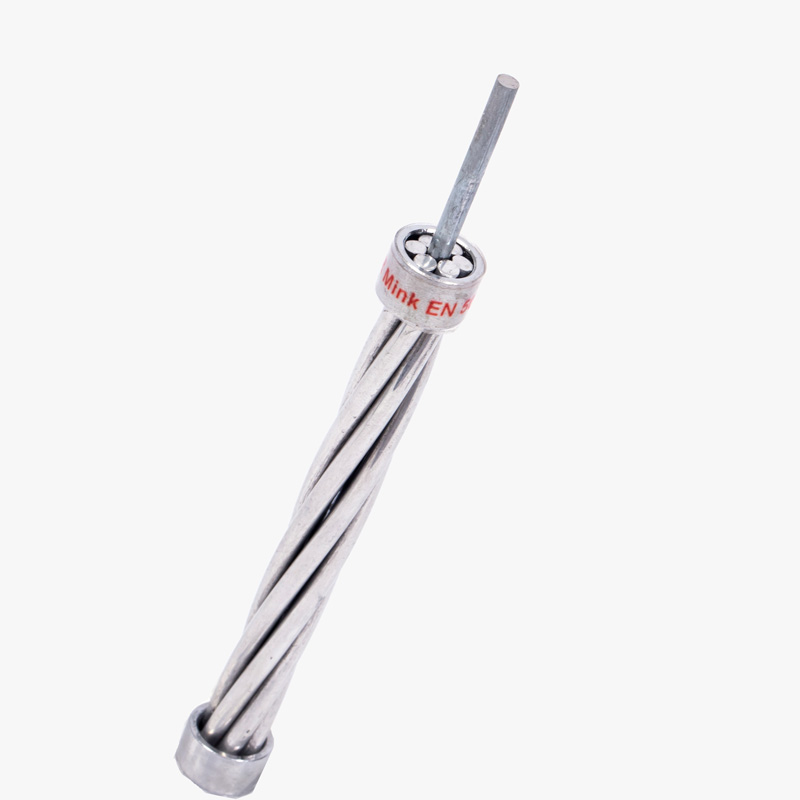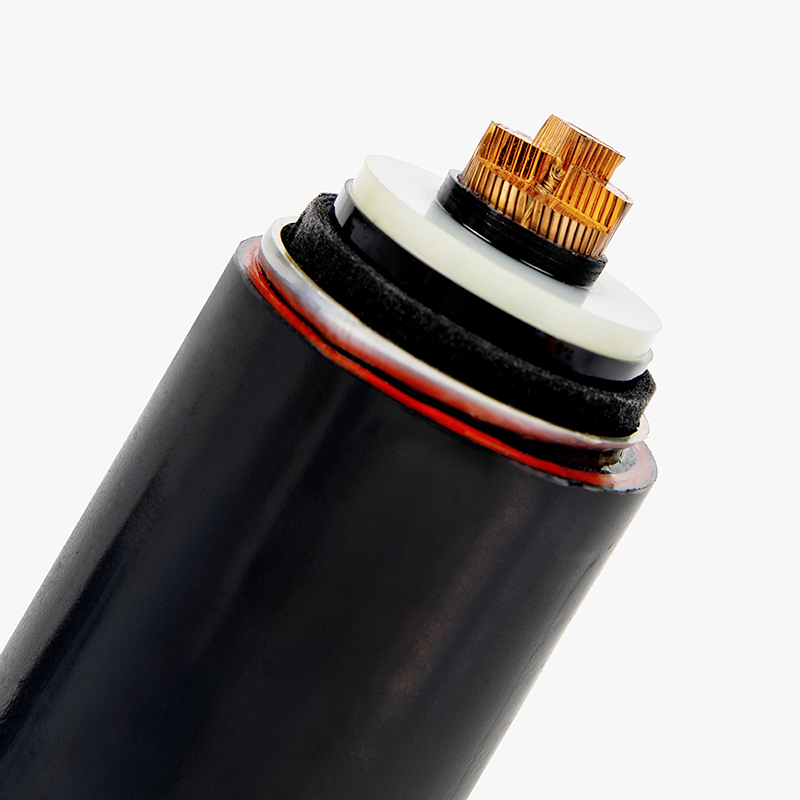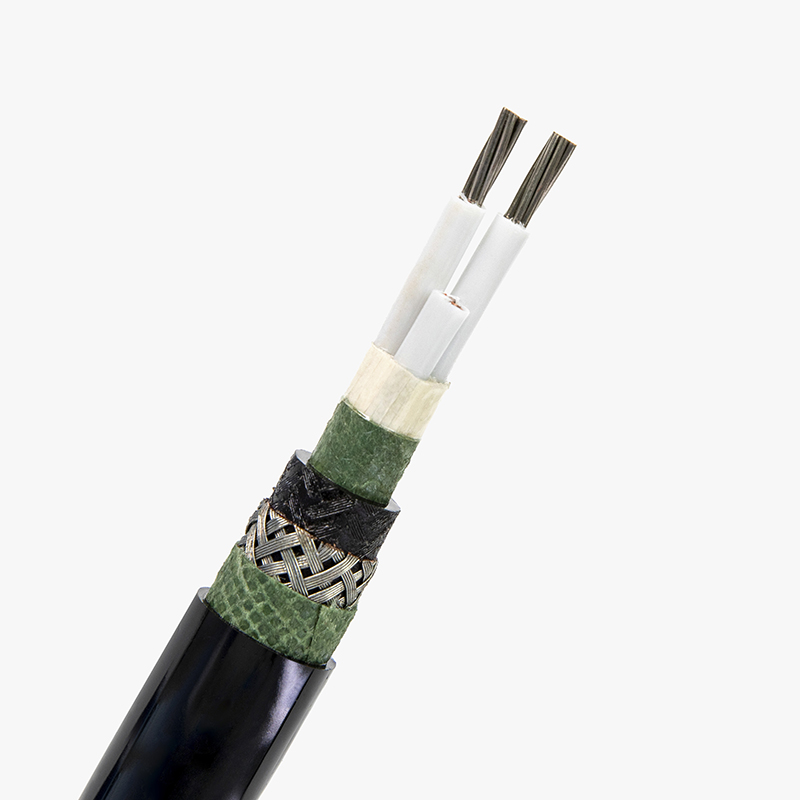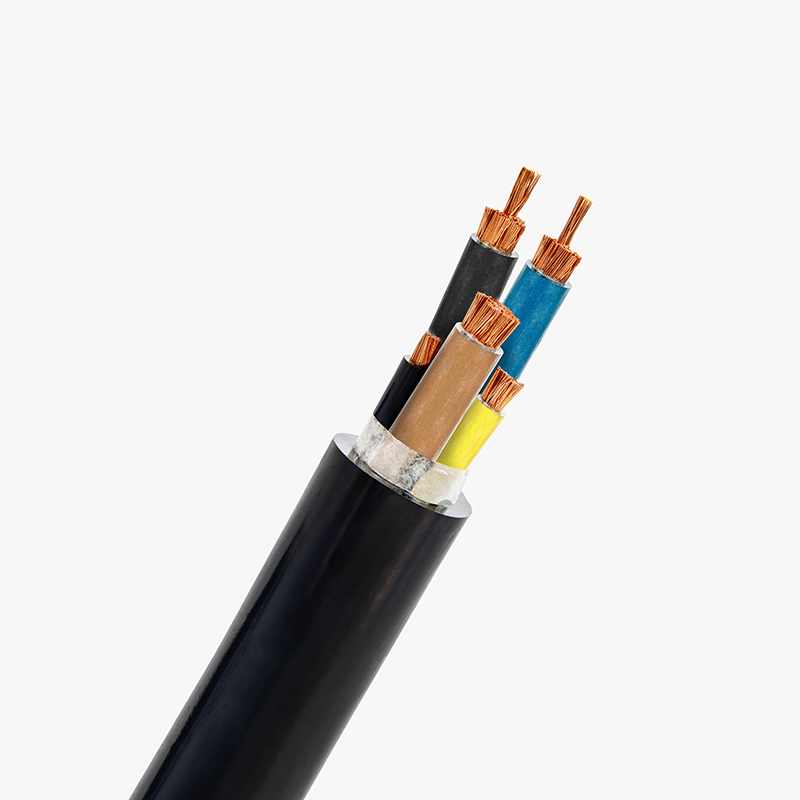Are You Unsure Whether to Choose Underground Cable or Overhead Cable for Your Project?
Many contractors and power companies face the challenge of selecting between underground cable and overhead cable. Poor choices often lead to higher costs, frequent faults, or safety risks. Underground systems reduce exposure to weather but increase installation expenses, while overhead lines are cheaper yet more vulnerable. The solution lies in understanding the strengths and limitations of both options. At QRUNNING, a leading manufacturer and wholesaler with 30+ years of expertise, we provide certified, customizable UG cables designed for durability. Our large-scale production capacity ensures consistent supply and reliable performance, making us a trusted supplier for global projects.
Underground cables offer durability and safety, while overhead cables are more cost-effective and easier to maintain. Choosing depends on project scale, budget, and environmental factors.
Now, let’s dive deeper into both cable types, cost differences, and performance factors to help you make the best choice for your project.
What is Underground Cable?
Underground cable, often referred to as UG cable, is installed beneath the surface to carry electricity safely. It is designed with layers of insulation and protection to resist soil pressure, moisture, and potential damage from external conditions. These cables are ideal for urban areas, sensitive landscapes, or projects where aesthetics and safety are priorities.
Key benefits include reduced outage risks from storms, lower exposure to external damage, and a cleaner look compared to overhead wires. However, underground systems require professional planning, advanced materials, and precise installation methods, making them more expensive initially. By working with an experienced manufacturer and supplier, buyers can ensure the use of durable, customizable UG cables that extend the system’s lifespan and lower long-term maintenance costs.
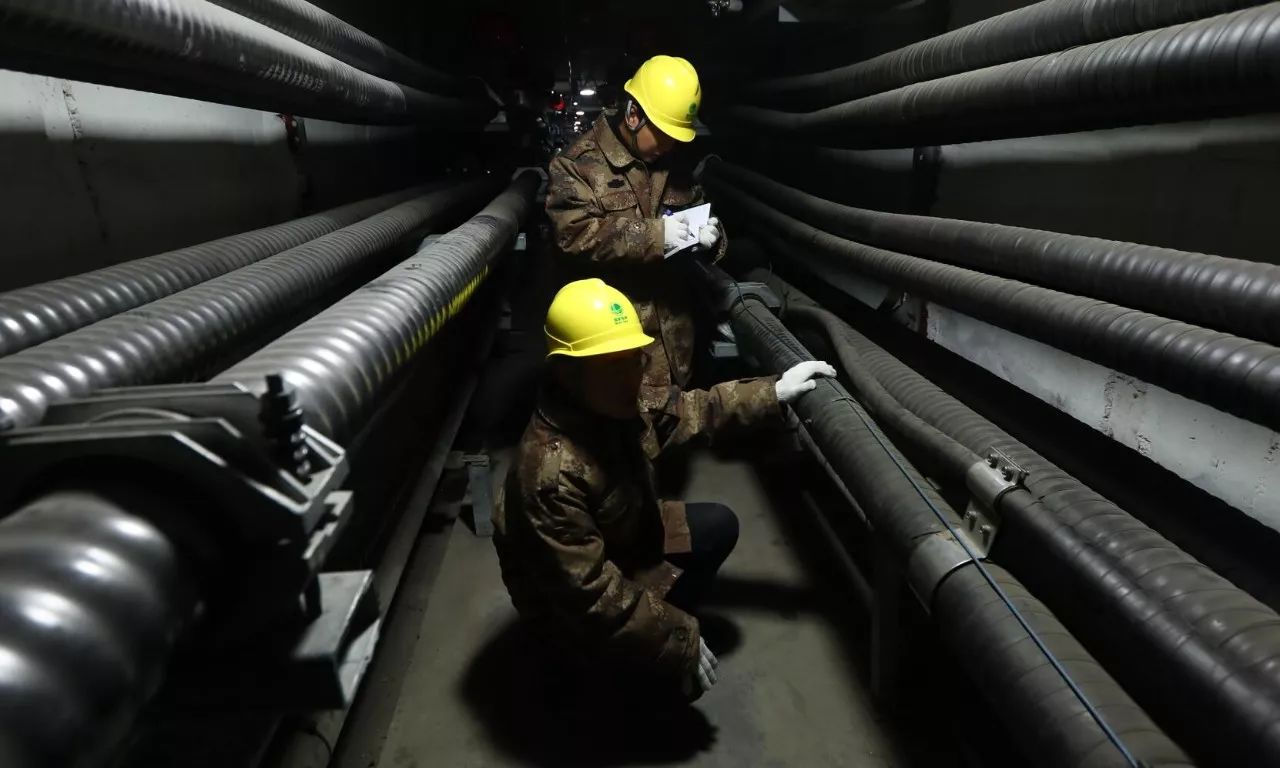
Related articles:Choosing the Right UG Cable for Projects – Qrunning Wire And Cable
Understanding the Benefits of UG Cable – Qrunning Wire And Cable
What is Overhead Cable?
Overhead cable is the traditional method of transmitting electricity using conductors supported by poles or towers above the ground. These cables are widely used due to their low cost, easy installation, and straightforward repair process. For large rural networks and temporary projects, overhead lines often provide the most practical solution.
Despite their advantages, overhead systems face exposure to weather, falling trees, and external accidents, leading to more frequent faults. They also pose higher visual and environmental impact compared to underground systems. Still, when budget and speed are the main concerns, overhead cables remain a dependable choice, particularly when sourced from reliable wholesalers that guarantee compliance with international quality standards.
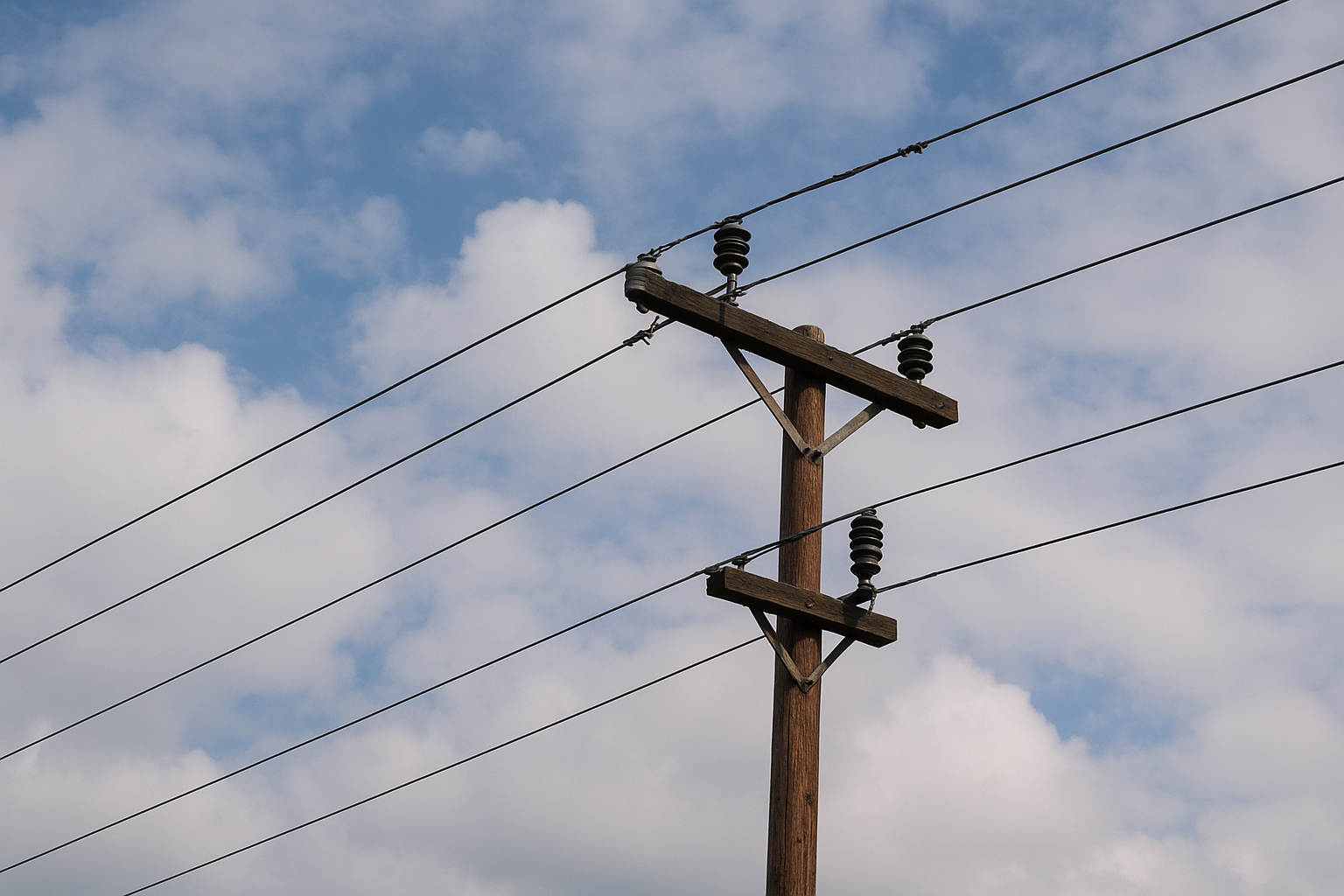
Related article:Understanding Overhead Electric Cable Safety Standards – Qrunning Wire And Cable
Installation Costs for Underground and Overhead Cables
One of the biggest differences between underground cable and overhead cable is cost. Installing underground systems requires trenching, insulation, protective layers, and specialized labor, making the upfront investment significantly higher. Maintenance can also be more complex, as locating faults underground often requires advanced testing equipment.
In contrast, overhead systems are cheaper to install, with simpler structures and quicker repairs. However, frequent damage from storms, wildlife, and environmental factors can increase long-term operational costs. Contractors and engineering firms must weigh the higher initial investment of UG cables against the potentially higher repair frequency of overhead lines. Partnering with a professional manufacturer like QRUNNING ensures access to cost-effective, customizable options that balance performance and budget.
| Comparison Dimension | Underground Cable | Overhead Cable |
|---|---|---|
| Upfront Installation Cost | High (requires trenching, insulation, protective layers, and specialized labor) | Low (simpler structure and more straightforward installation process) |
| Maintenance Complexity | High (advanced testing equipment is often needed to locate underground faults) | Low (repairs are quicker and no complex fault-location steps are required) |
| Long-Term Operational Cost | Relatively stable (no frequent damage from environmental factors) | Higher (prone to damage from storms, wildlife, and environmental factors, increasing repair frequency) |
Which is Better, Underground or Overhead Power Cables?
There is no universal answer—choosing between underground cable and overhead cable depends on project conditions. For high-density urban areas, hospitals, airports, and projects requiring uninterrupted power, UG cables provide unmatched reliability and safety. In contrast, overhead systems suit rural or temporary projects where cost efficiency and faster installations are more important than aesthetics.
Both options play critical roles in modern power networks. The best approach often involves a combination—using underground systems in high-risk or high-value zones while relying on overhead lines where cost and accessibility matter most. Working with an experienced supplier ensures the right project match with certified products that meet global performance standards.
Conclusion
Both underground cable and overhead cable offer unique advantages—choosing the right type depends on budget, environment, and reliability needs. QRUNNING provides customizable solutions to ensure every project’s success.

